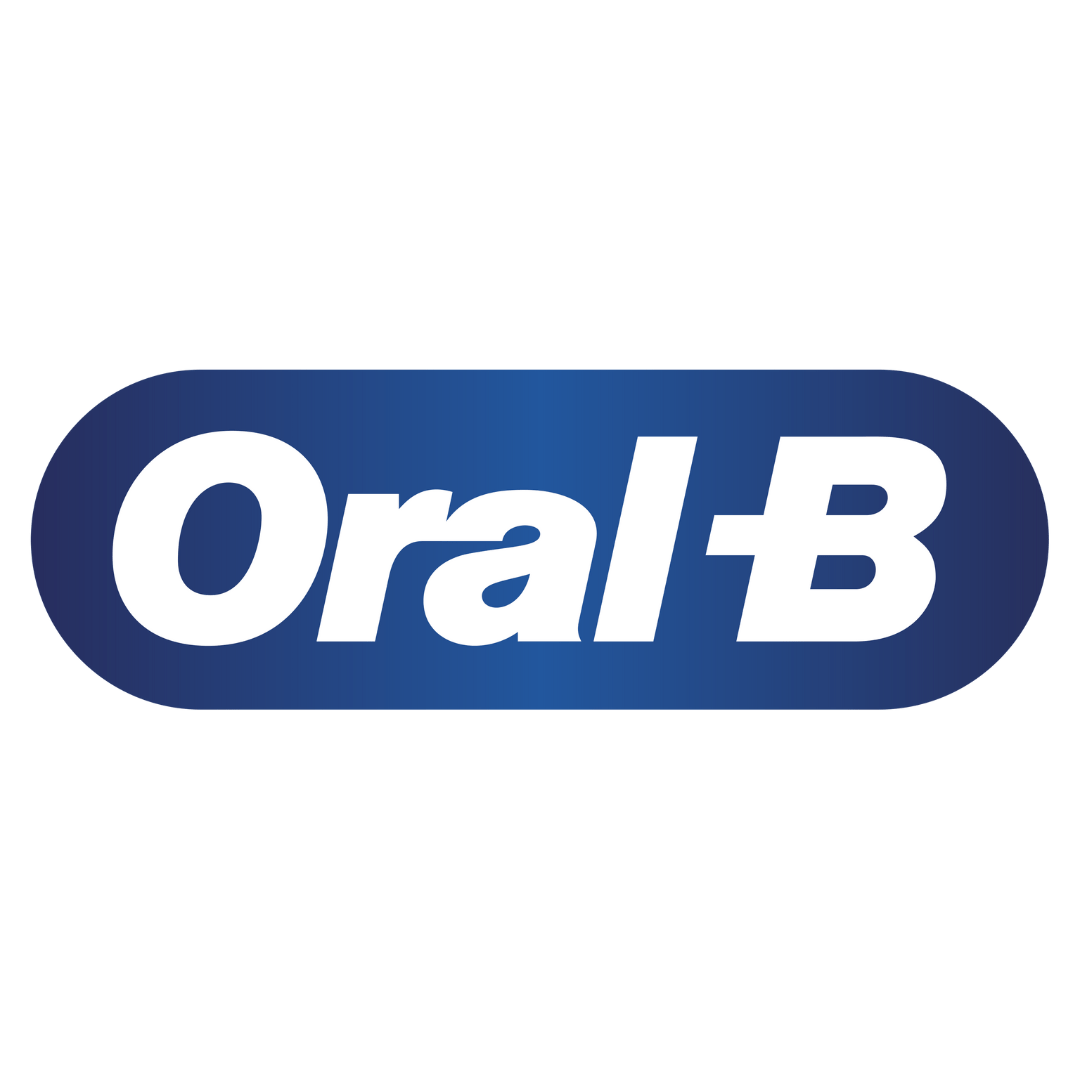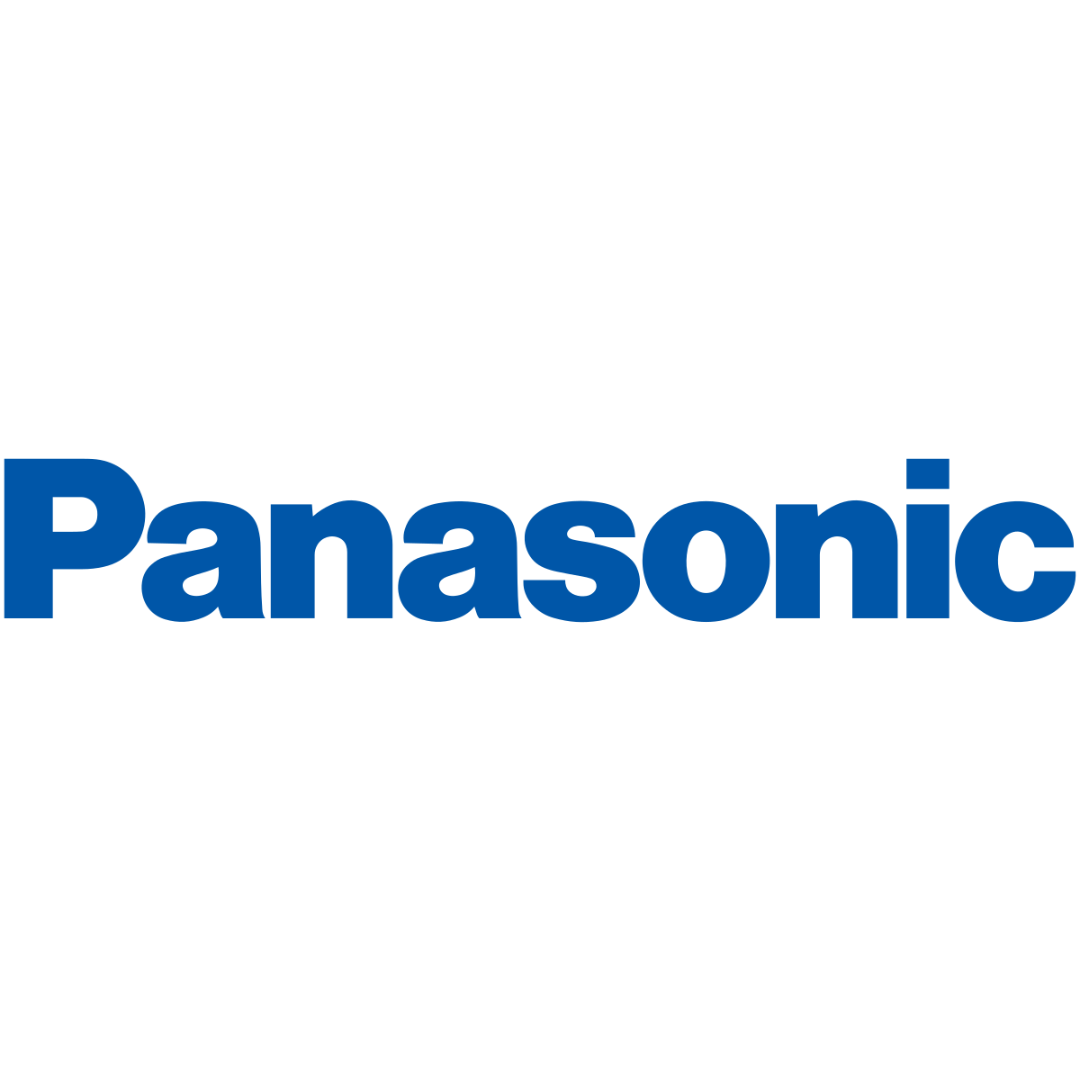
Dental irrigation
Improve your oral hygiene with a complete interdental cleaning thanks to the use of a quality oral irrigator.
Find out everything you need to know here to achieve the best oral hygiene. Access the best prices, compare reviews, and learn with our recommendations.

Table of Contents
Analysis of the best dental irrigation brushes of 2023
Click on the images below to read reviews of today’s best dental irrigation equipment.
The best selling oral irrigation equipment on 2023
These are the best selling dental irrigators. Click on them to learn about their features or read user reviews.
Types of dental irrigation brushes
Discover the significant differences between the three main types of dental irrigators by clicking on the images below.
Choosing the right dental irrigator can make a difference in your oral hygiene routine. Here, we provide you with the opportunity to explore the key features of each type of dental irrigator and understand their individual benefits.
The best brands of dental irrigators of 2023.
These are the top brands of the moment, either due to their high number of sales, as well as the quality of their products and the good evaluation of the users. Click to know them better. ↓

What is dental irrigation?
Dental irrigation, also known as oral irrigation or oral flossing, is a technique used to enhance oral hygiene practices. It involves using an electronic device called a dental irrigator, which utilizes a stream of water or a combination of water and air at a controlled pressure to effectively clean and massage the gums, as well as remove food particles and plaque from areas that are difficult to reach with traditional brushing and flossing alone. Dental irrigation can be a valuable addition to a daily oral care routine, promoting healthier gums, fresher breath, and a cleaner mouth overall.
Pros and Cons of a oral Irrigator
Optimizing the daily cleaning of the mouth is, without a doubt, the greatest benefit of using an irrigator.
Below you will find all the advantages and disadvantages of these devices:
✓ Advantages
- Dental irrigators use a jet of water or a combination of water and pressurized air to reach hard-to-access areas such as interdental spaces and periodontal pockets, providing a more thorough and deep cleaning compared to traditional brushing.
- Dental irrigators can massage and stimulate the gums, which can help improve blood circulation in the area and promote better gingival health.
- They can be especially useful for people with orthodontics, dental implants, crowns, or bridges, as they facilitate cleaning around these devices or dental structures.
- They are easy to handle and do not require special skills. You only need to fill the water reservoir, turn on the device, and direct the jet to the desired areas.
✘ Disadvantages
- Dental irrigators often have a higher initial cost compared to other oral hygiene products such as dental floss or interdental brushes.
- Some models of dental irrigators can take up considerable space in the bathroom. Additionally, it is necessary to have an appropriate place to store it and ensure it is kept clean and dry.
- Some people may find the pressure of the water jet uncomfortable on their gums, especially if they are sensitive.
Which one to buy for your dental hygiene?

When deciding which to buy, it is important to consider several factors to find the model that best suits your needs. Here are some key aspects you can consider:
Type of dental irrigator: There are different types, such as those that use only water, those that combine water and air, or those with an adjustable pressure function. Consider which type best fits your preferences and specific needs.
Pressure and intensity settings: Some dental irrigators offer the possibility to adjust the pressure of the water or air jet, which can be beneficial if you have sensitive gums or need a gentler cleaning in certain areas of the mouth. Make sure to choose a model with intensity settings that suit your requirements.
Water reservoir capacity: The capacity of the water reservoir will determine how long you can use the dental irrigator before having to refill it. If you prefer longer uninterrupted cleaning sessions, consider a model with a larger capacity reservoir.
Nozzles and additional accessories: Check what type and quantity of nozzles or tips are included with the dental irrigator. Some models come with different nozzles for different uses, such as interdental cleaning, gum massage, or bracket cleaning. Also, make sure it is easy to find and replace additional nozzles according to your needs.
How to use a dental irrigation brushes?

Using these may vary slightly depending on the specific model you choose, but here are some general steps to follow:
Choose the appropriate nozzle: Select the nozzle that best suits your needs. Some dental irrigators come with different nozzles for interdental cleaning, gum massage, or other purposes.
Adjust the pressure: If your dental irrigator has pressure settings, choose the level that is suitable for you. If you have sensitive gums or need a gentle cleaning, start with a low pressure and gradually increase if necessary.
Place the nozzle in your mouth: Bring the nozzle close to your mouth and place it lightly against your teeth or gums, aiming at the interdental space or gumline that you want to clean. Keep your mouth closed to avoid splashing.
Turn on the dental irrigator: Turn on the device according to the manufacturer’s instructions. Start with slow and gentle movements, directing the water or air stream along the gumline and between the teeth. Make sure to cover all necessary areas and follow a systematic cleaning pattern.
Rinse and clean the device: Once you have finished using the dental irrigator, turn it off and rinse it to remove any water or solution residue. Follow the manufacturer’s instructions to properly clean and maintain the device.

More about how to use a dental irrigator? ◀︎ click here.






















 More curiosities about dental irrigation
More curiosities about dental irrigation